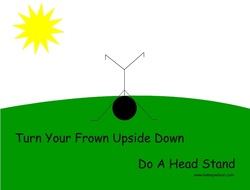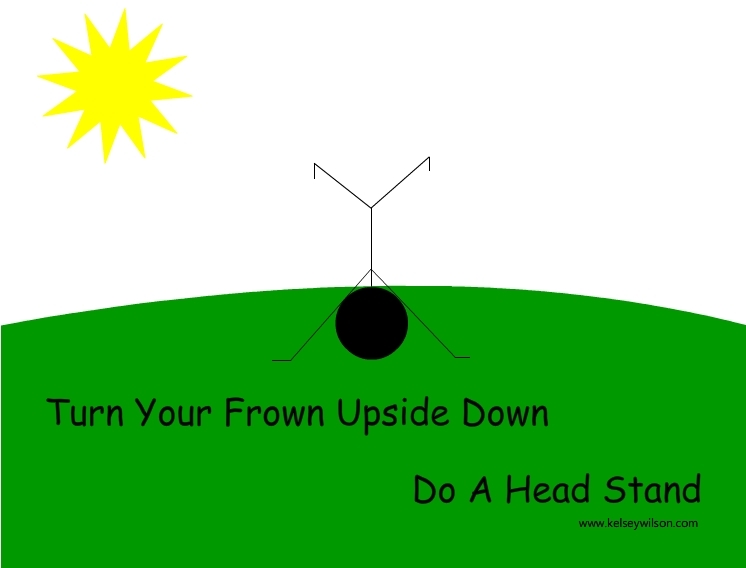|
Kundalini can be defined as she who is coiled and refers to the energy in human beings. Kundalini power remains inactive and awakens when attachment to the physical body starts to dissipate, when there is balance; it is the energy which Yoga (union) is achieved.
Nadis are subtle energy channels located throughout the body, numbering at over 72 000. There are 3 main central channels: sushumna(astral spine) , ida and pingala. Sushumna is the central channel, running from the base of the spine, the root chakra, up to the top of the head, the crown chakra. Kundalini is often portrayed as a serpant, coiling around svayambhu lingam (resting place of Kundalini) in the base of the root chakra flowing through sushumna. Prana , life force, flows through ida and pingala. Ida, associated with the moon and female energy, starts on the left side of sushumna and pinagla, associated with the sun and male energy, starts on the right side of sushumna. They spiral on the outside of and around sushumna, intertwining with each other around each chakra. When the nadis reach the head, at mastaka granthi (head knot at the base of the skull), pingala travels through the left and ida through the right of the head , meeting at agna chakra (3rd eye). Ida then exits through the left nostril and Pingala through the right nostril. When Kundalini is not awakened, energy flows through ida and pingala alternatively. When life force flowing through ida and pingala are balanced, Kundalini is awakened and prana enters sushumna.
0 Comments
Kundalini can be defined as she who is coiled and refers to the energy in human beings. Kundalini power remains inactive and awakens when attachment to the physical body starts to dissipate, when there is balance; it is the energy which Yoga (union) is achieved.
Nadis are subtle energy channels located throughout the body, numbering at over 72 000. There are 3 main central channels: sushumna(astral spine) , ida and pingala. Sushumna is the central channel, running from the base of the spine, the root chakra, up to the top of the head, the crown chakra. Kundalini is often portrayed as a serpant, coiling around svayambhu lingam (resting place of Kundalini) in the base of the root chakra flowing through sushumna. Prana , life force, flows through ida and pingala. Ida, associated with the moon and female energy, starts on the left side of sushumna and pinagla, associated with the sun and male energy, starts on the right side of sushumna. They spiral on the outside of and around sushumna, intertwining with each other around each chakra. When the nadis reach the head, at mastaka granthi (head knot at the base of the skull), pingala travels through the left and ida through the right of the head , meeting at agna chakra (3rd eye). Ida then exits through the left nostril and Pingala through the right nostril. When Kundalini is not awakened, energy flows through ida and pingala alternatively. When life force flowing through ida and pingala are balanced, Kundalini is awakened and prana enters sushumna. Vrksasana (Tree Pose)
· Balance is often compromised during pregnancy due to the changes hormonally and physically occurring. · Tree Pose opens hips and assists in improving balance. · Improves concentration, focus and patience. Virabhadrasana II (Warrior II) · Helps opens hips while stretching the legs. · May prevent tearing or need for and episiotomy during birth. Baddha Konasana (Bound Angle Pose) · Lengthens inner thigh muscles, open hips joints and pelvic basin. · Assists in reduction of pain during delivery. · Relieves tension and stress. · Increases circulation to genital area. Valprit Karani Mudra (Legs Up Wall) – with bolster support under hips · Helps relieve swelling/edema in the legs. · Abdominal organs are nourished and revitalized. · Nervous system is calmed. Seated Side Bends · Lengthen muscles between ribs and pelvis including stretching of the obliques. Tight obliques during pregnancy is one of the causes of Diastasis Recti which occurs in the third trimester or postpartum. · Improves expansiveness of lungs. · Increases energy through-out the entire body.  As 2012 being the year I started teaching yoga, I reflect on the many teachers that have impacted me and the development of my practice. I was extremely fortunate to have had Maya Margo Balog as my first yoga teacher. One of the lasting words from he rwas that at the very least to take you 3 least favorite, most hated poses and do them everyday. You do this because the poses you dislike are often the ones that your body needs the most. On the same note you always do your 3 favorite poses because they bring you joy. Every year I take a moment to reflect. Last year I attempted a blog and the start of the blog included my 3 most loved and not loved poses. The links to those blogs are below. I have kept tracked of my most loved and most "hated" poses since I started yoga. What always strikes me as interesting is how much the love and hate poses change from year to year. Sometimes the pose I despise becomes the pose that I love. So without further delay here are the most and least loved asana at the start of 2013. The Most Loved Salamba Sirsasana (head Stand) Um ..where did this come from? Prior to middle of last year this was not even close to being on the list as I never thought this pose would be close to being in my routine. I couldn't do headstands as a kid why would I think I could do one as a 30 something? I took an inversions clinic, since I had build the strength and with a little support, I turned upside down and became heels over head in love. I am still working on this posture, still needing assistance, but that is what yoga is about. Practice not perfection. Adho Mukha Svanasana (downward facing dog) Last year may have been the year of the Dragon but for my Asana practice it was the year of the dog. I love downward dog. After a long run, I stretch out with a dog. I feel upset, I do a dog and the world is better. Baddha Konasana (Bound Angle) I remember when this pose would come into a class I would shutter and start to curse to myself. And this pose reclined..... yikes. The vritti's 9thoughtwaves) in my mind would be storming around, having a vritti tantrum (yeah i made that up). But I adore this position now, in all forms. The Least Loved Hanumanasana (Monkey Pose AKA Splits) What my mind says when this pose comes up ...."You want me to do what with my body????? You are a crazy teacher". Do I really need to say more? Sarvangasana (Shoulder Stand) Grrrrrrrrrrrrrrrrrrrrrrrrrrrrrrrrrrrrrrr........ especially right now still recover from a spill down stairs while running on a cold winters day. Ardha Chandrasana (Half Moon) My hips: "WHAT, WHY what did we ever do to you. #$&*%$##)*(*)+)* My Vritti " THIS SUCKS. Really sucks. And I will repeat this until you are done with the pose" My Ego: "You can't do this, your hips are way too tight. Why try?" Me: " According to the Yoga Sutras, Yoga is the control of the thought waves of the mind.
|
AuthorKelsey Wilson Archives
October 2014
Categories |

 RSS Feed
RSS Feed